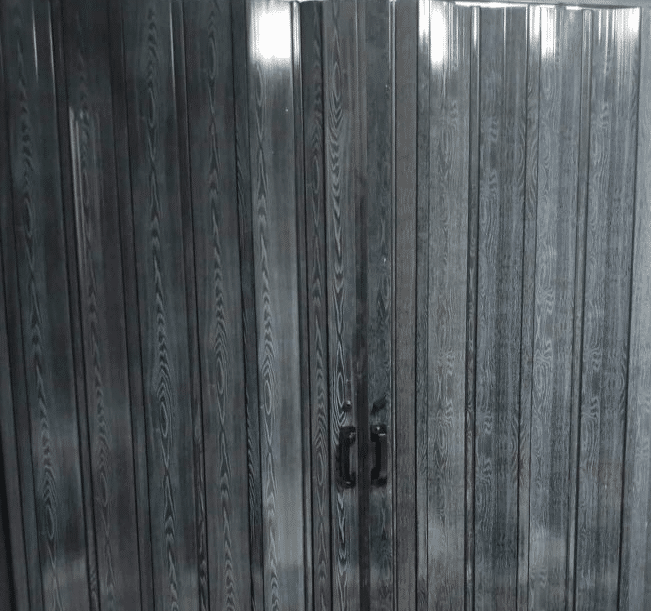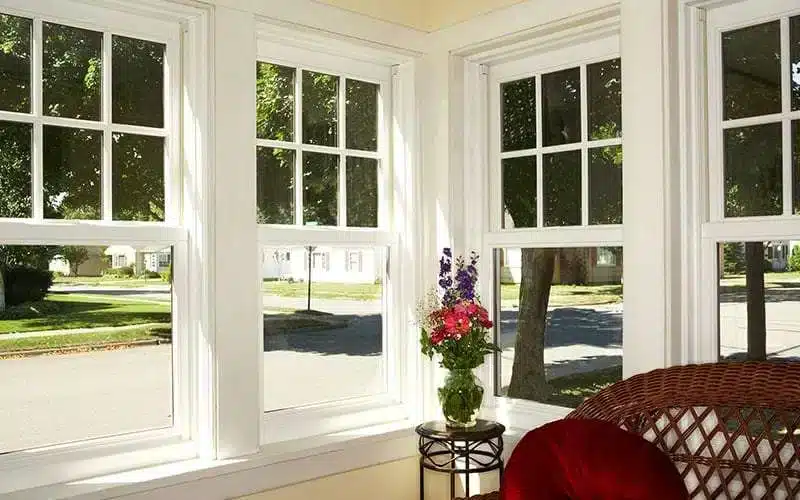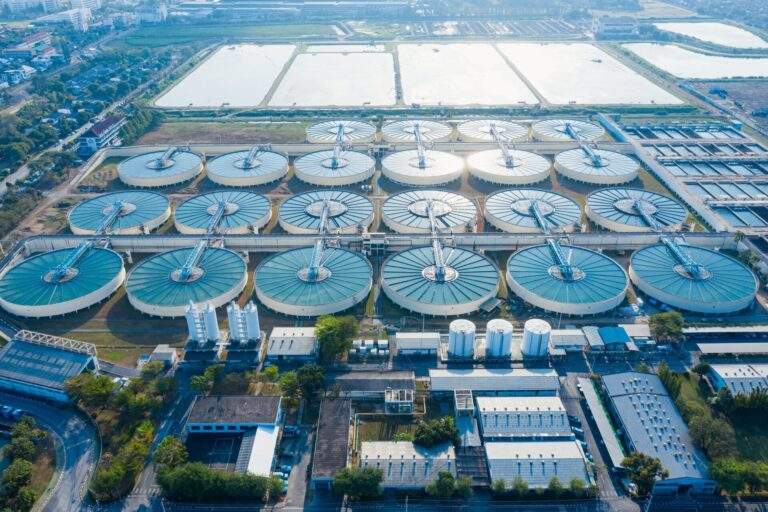Composite Materials in Interior Design: Their Uses and Benefits
In recent years, composite materials have become an essential part of interior design and construction. These materials are created by blending different components, and manufacturers mix fiberglass with plastic or resin to produce strong yet lightweight doors and surfaces. This article explores the importance of composite materials and their key applications in modern homes, including doors, floors, windows, and wall panels. We will also discuss their practical benefits and their impact on environmental sustainability. Additionally, we’ll include some critical observations about the use of these materials.



What Are Composite Materials?
Composite materials are mixtures of different substances that work together to enhance strength, durability, and resistance to environmental factors. For instance, fiberglass combined with resin or plastic creates a material that is both robust and lightweight.This replaces the passive construction with an active subject performing the action.
Key Applications of Composite Materials in Interior Design
1. Fiberglass Doors
Fiberglass doors are a strong alternative to traditional wooden doors. These doors are manufactured using molds taken from real wood, making them visually indistinguishable from natural wood.
- Advantages :
- Resistant to moisture and warping.
- Excellent thermal and sound insulation.
- Do not corrode or rot.
For example, fiberglass doors can last for decades with minimal maintenance, making them a cost-effective long-term solution.



2. Composite Window Frames
Aluminum is often used for window frames, but it has drawbacks, such as poor thermal insulation and differing expansion rates compared to glass. Composite frames, made with fiberglass, address these issues effectively.
| Feature | Aluminum | Composite Materials |
|---|---|---|
| Expansion Rate | High | Low |
| Thermal Insulation | Weak | Strong |
3. Composite Decking
Composite decking, also known as “decking boards,” is a popular choice for outdoor flooring. These boards are made from a blend of wood flour (sawdust) and recycled plastic.
- Advantages :
- Water-resistant and slip-proof.
- Withstands harsh weather conditions.
- Requires no painting or regular maintenance.
According to Ecoscape UK , these boards come in various colors, such as “Silver Birch” and “Spiced Oak,” offering both durability and aesthetic appeal.

4. Composite Wall Panels
Composite wall panels are gaining popularity in modern interior designs. These panels are water- and weather-resistant, making them ideal for open spaces or humid areas like bathrooms and kitchens.
- Advantages :
- Lightweight and easy to install.
- Durable and resistant to wear and tear.
- Provides a sleek and contemporary look.
5. Outdoor Composite Seating
Outdoor seating can now be made from recycled plastic, making it an eco-friendly option. These seats are waterproof and require no maintenance.

6. Bathtubs and Shower Trays
Modern bathtubs and shower trays are often made from composite materials like fiberglass and polyester resin. These materials provide added strength and thermal insulation.
7. Composite Fencing
Composite fences are typically made from a blend of wood fibers and recycled plastic, making them resistant to weather conditions. PVC fencing is another growing trend, known for its ease of cleaning and durability.
ArchUp’s Opinion: Analysis and Insights
Composite materials play a pivotal role in enhancing the quality of interior and exterior home design. However, there are a few considerations to keep in mind:
- Pros :
- Contribute to environmental sustainability through recycling.
- Reduce long-term maintenance costs.
- Cons :
- Initial installation costs may be higher than traditional options.
- Some products may not be recyclable at the end of their lifecycle.
“Composite materials represent a step toward a more sustainable future, but efforts should focus on improving their recyclability.”
— ArchUp

Frequently Asked Questions (FAQ)
1. What are composite materials?
They are mixtures of different components combined to enhance strength and durability.
2. Are fiberglass doors durable?
Yes, they are moisture-resistant and do not warp.
3. Does composite decking require maintenance?
No, it does not need painting or regular upkeep.
4. What are the advantages of composite wall panels?
They are water-resistant, lightweight, and easy to install.
5. Are composite fences eco-friendly?
Yes, they are often made from recycled materials.

Summary Table of Key Points
| Element | Composite Material Used | Key Advantages |
|---|---|---|
| Doors | Fiberglass | Durable, moisture-resistant |
| Window Frames | Fiberglass | Thermal insulation, similar expansion rate to glass |
| Flooring | Wood flour and plastic | Water-resistant, slip-proof |
| Wall Panels | Weather-resistant composites | Lightweight, easy installation |
| Outdoor Seating | Recycled plastic | Waterproof, eco-friendly |
| Bathtubs | Fiberglass | Strong, thermal insulation |
| Fencing | Wood fibers and plastic | Weather-resistant, recyclable |
Conclusion
Composite materials are an ideal choice for enhancing the quality of interior and exterior home design. By combining strength and sustainability, these materials effectively meet the demands of modern living.







